As a parent with disabilities, you may not know how to make your dreams of entrepreneurship come true. How do you ensure you can balance your obligations as a parent, your health, and a business? Navigating Motherhood Coaching wants you to know that you can succeed with a plan, a home-based office, and a connection with clients.

Start With a Plan
Before your dreams become a reality, you need a strategy. A business plan helps you manage your company through every stage. Many entrepreneurs choose a comprehensive traditional plan. This type of plan includes a summary of your mission, how you plan to be successful, and market analysis. It also details your financial projections, funding needs, and business structure.
To complete a market analysis, you need to look at your industry and target market. Check out the competitors and consider their strengths. What makes your competition successful? Figure out how you can offer something better. In addition to identifying your target audience, market research can also tell you if your business ideas are profitable. Always stay up-to-date on the market to ensure you know what clients want, even when needs change.

Make an Accessible Workspace
If your disability affects your mobility, you may want to consider a home-based business. Not only can you create an accessible workspace for yourself, but it also gives you more time to be with your children. You can sell anything from your home and use social media to advertise. And you don’t have to worry about non-compliant offices or other hurdles related to your disability.
You may need to meet with clients in your home depending on your business. Creating a distinct work area is vital for these interactions. You don’t want a client sitting at your dining room table with your toddler coloring next to them! Converting an unused room is the ideal situation, but if you can’t devote that amount of space, create a clear division between work and home by using dividers or strategic furniture placement. Also be aware that smells carry throughout your house. Even pleasant cooking smells should be whisked away by a quiet but efficient range hood in your kitchen. That way your client won’t be thinking about their dinner plans during your late afternoon meeting.

Create a Financial Strategy
There are grants available for small business owners with disabilities, including those to help you with medical expenses, housing, and equipment. In some cases, you may have to establish a limited liability company before applying for the grants. In addition, look for other small business funding sources, like loans and lines of credit. It’s important to check your credit score before you go out soliciting funding. Many lenders will only fund individuals whose credit report shows they can handle money well. If your score is too low, consider postponing your quest for loans until you are able to raise your score.
Creating a financial plan can help you work toward your small business goals. If you are interested in investors, you need to have a proposal written out to show them how you plan to generate revenue and manage your expenses. If your company requires equipment, you may benefit from equipment financing. When you finance equipment, you do not have to worry about collateral because the equipment is collateral.

Use Accounting Software
Unless you’re a sole proprietor, you probably can’t get by without business accounting software. When you have business accounting software, it’s much easier to keep track of your business finances. This type of software can help you track your business income and expenses, so you always know where your business stands financially. Without business accounting software, it would be very easy to overlook crucial financial details, which could eventually lead to problems for your business. This software can also help you manage inventory and invoicing, so you can streamline your business operations and save time.

Connect With Your Clients
Make your customers feel special. Take note of how they interact with your brand. The way clients engage with you and your company can tell you a lot about your customer base. Learn to take constructive criticism. Respond to client concerns and encourage client satisfaction. Nowadays, most people have online platforms. Use your business page to connect with the customers. Keep your social media voice relatable to others. Be fun and casual on the internet.
As a parent with disabilities, you have your hands full at all times. Sometimes, you may not have time to generate your own content. Share your clients’ content on social media. For instance, if you sell products and your clients highlight the product on their page or take pictures of your services, repost them on social media. Encourage customers to talk about your brand.
Many people choose to include their pets on their social media posts to get the attention of the many pet-lovers out there. If you do choose to include your fur child on camera, make sure they’re at their best through regular grooming. You don’t have to spend a fortune on a professional though. Look online for great smelling pet shampoos. Then, get the kids involved in a designated spa day for your pooch to ensure they are always camera ready.

You Can Juggle It All
Your life is full of hurdles. You may feel like you do not have the time for your professional ventures, but if you have a dream then you should pursue it. Start by creating a space that is designated for you to work, and ensure it has everything you need exactly where you need it. And take advantage of help through formation services and by re-posting your client’s content on social media. Juggling it all is about finding the shortcuts and the right support. You’ve got this, so make your vision a reality!
If you’re looking for a coach to come alongside you and motivate you to make your business a reality, then contact Darcey at Navigating Motherhood Coaching.



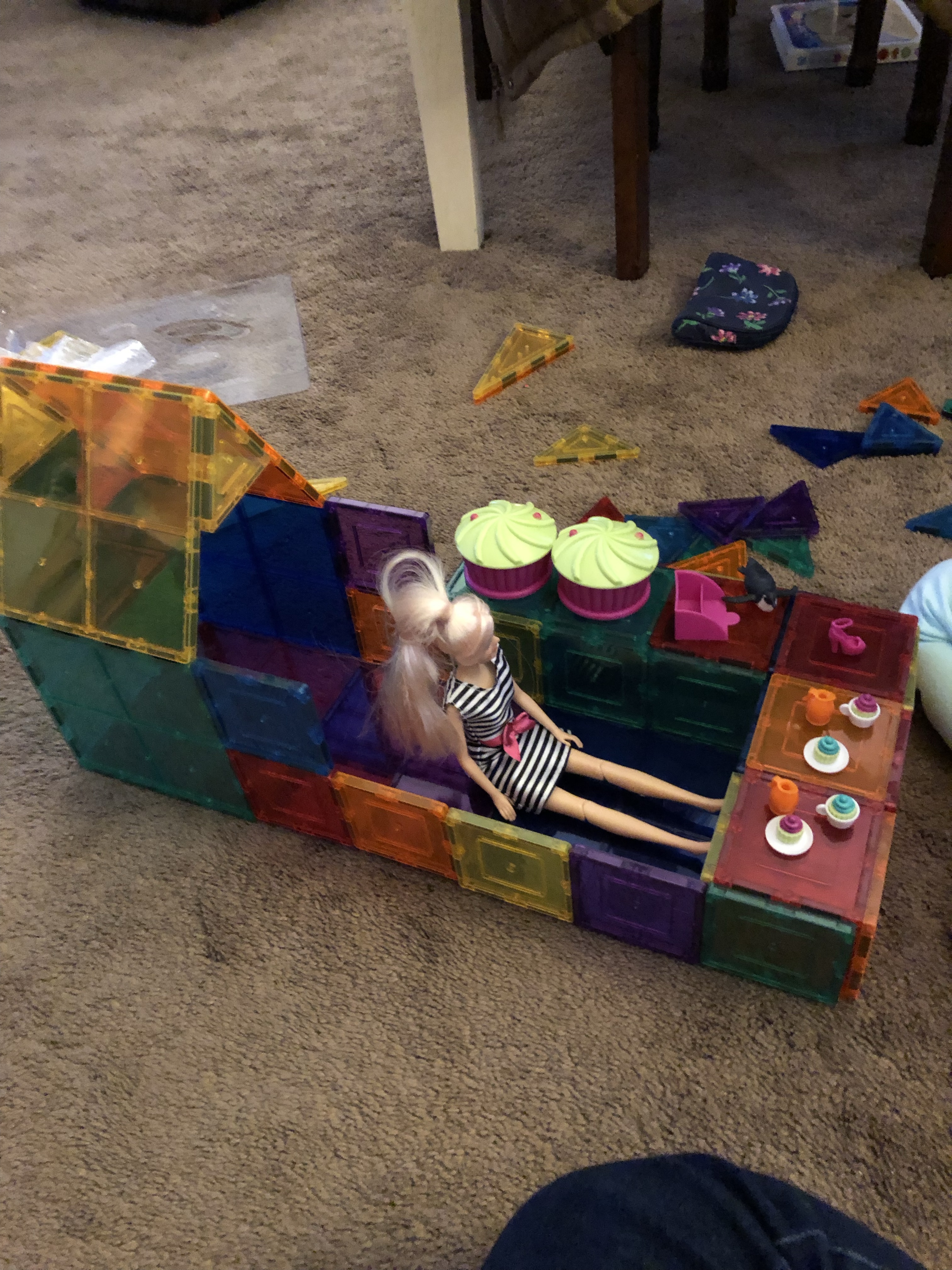
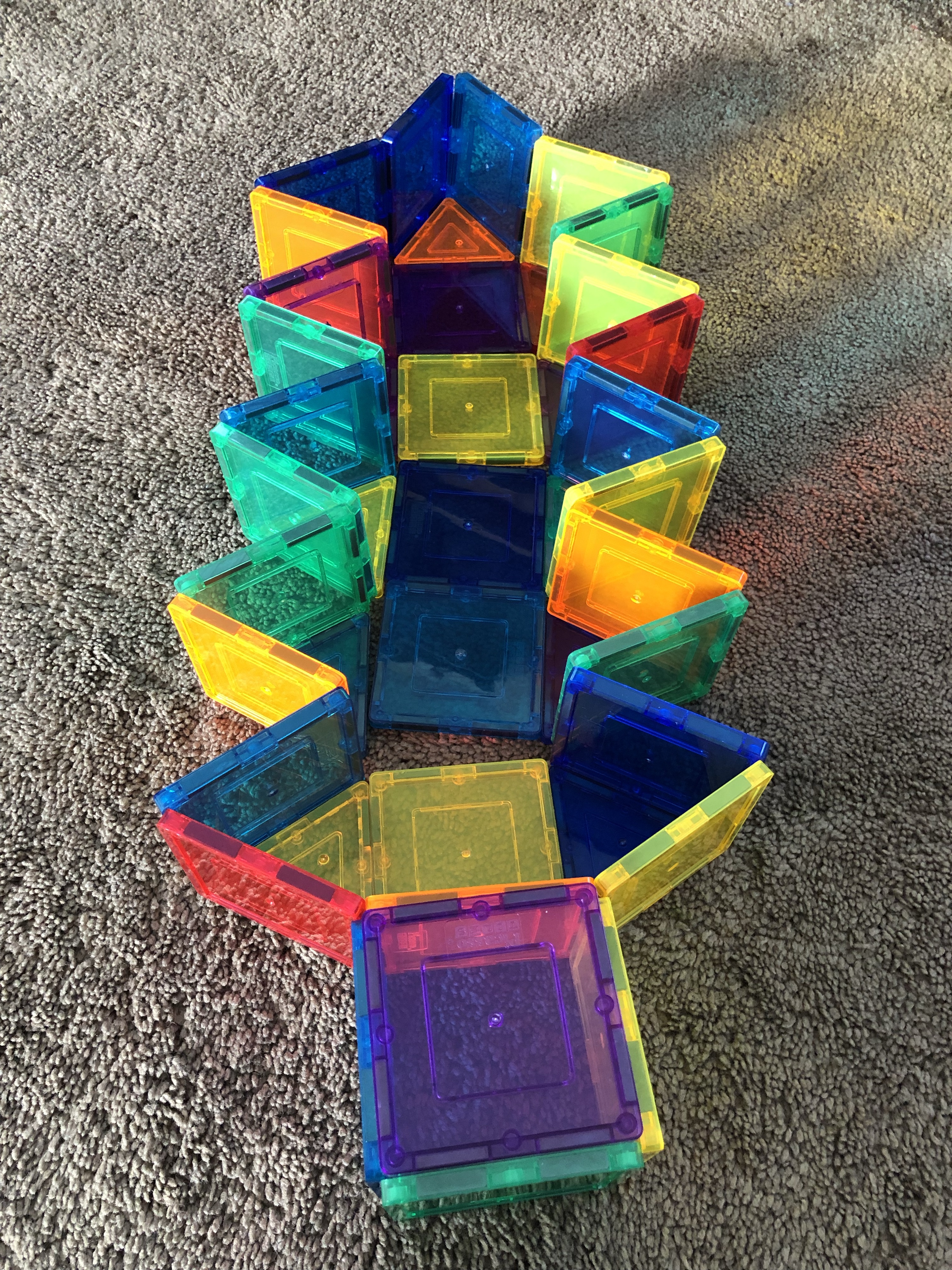
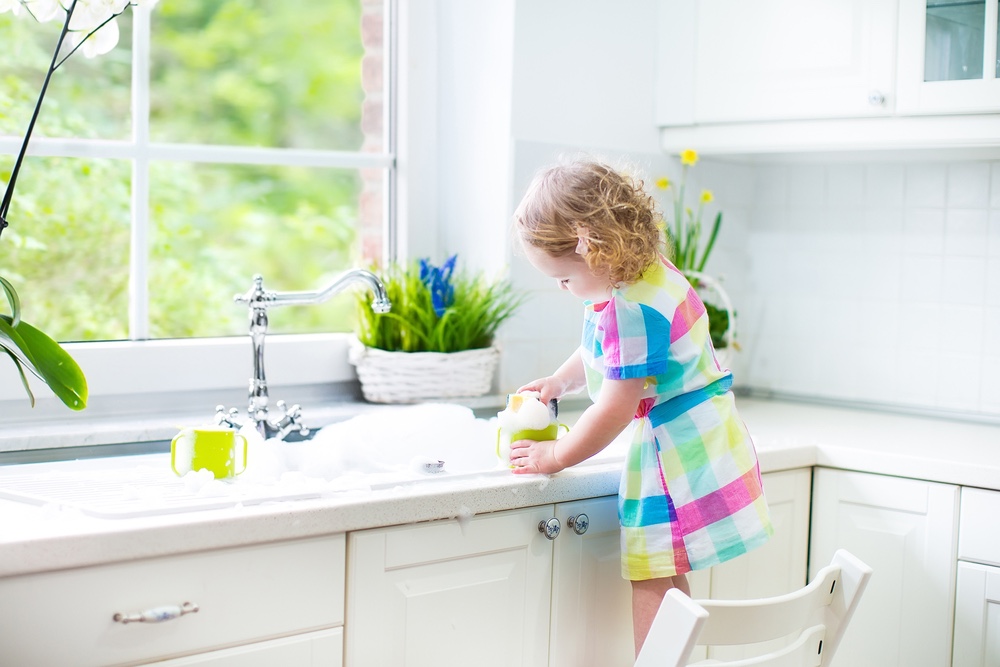
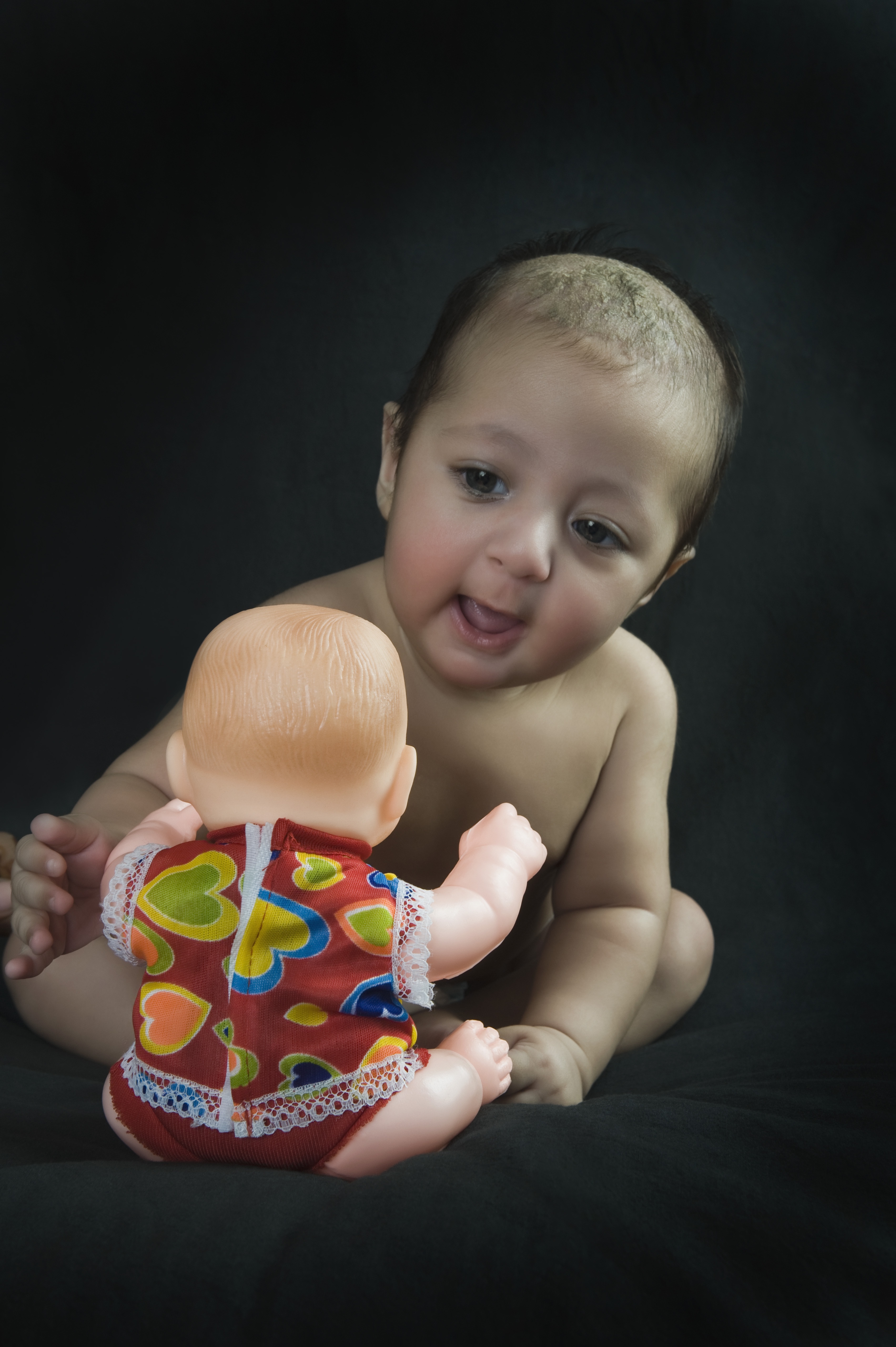 Dramatic Play
Dramatic Play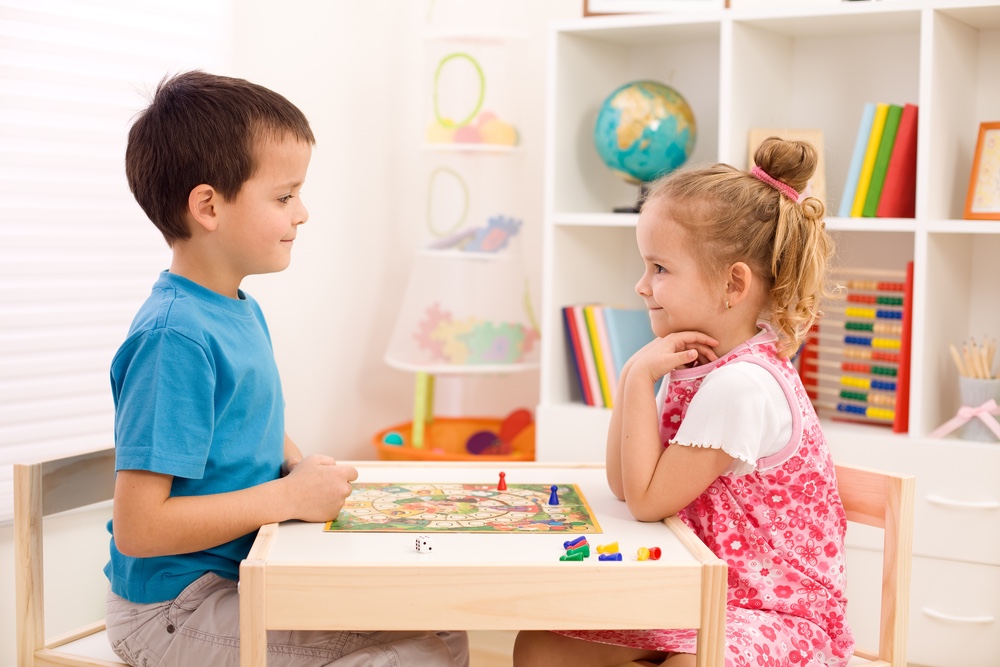

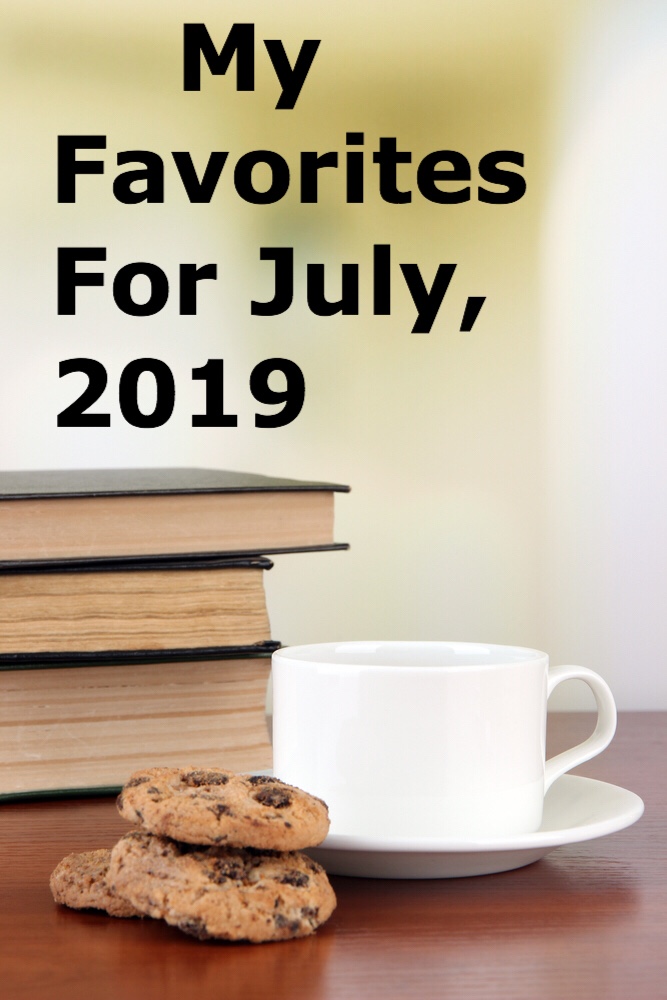


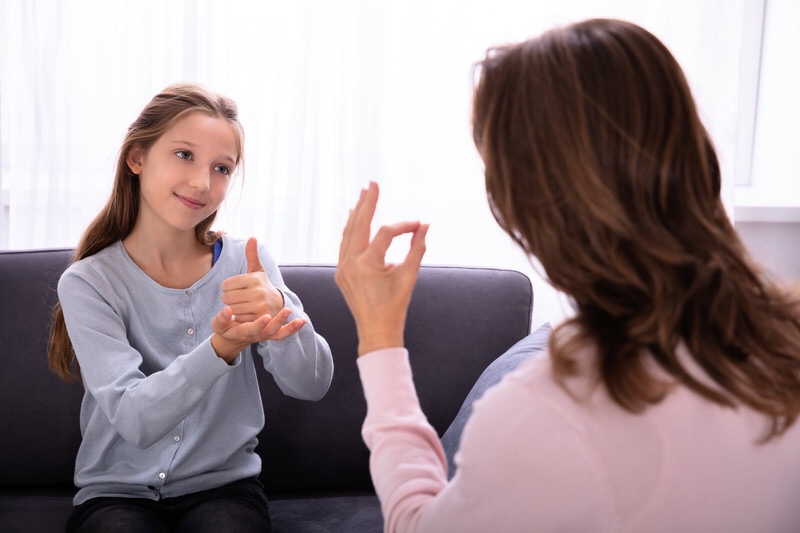

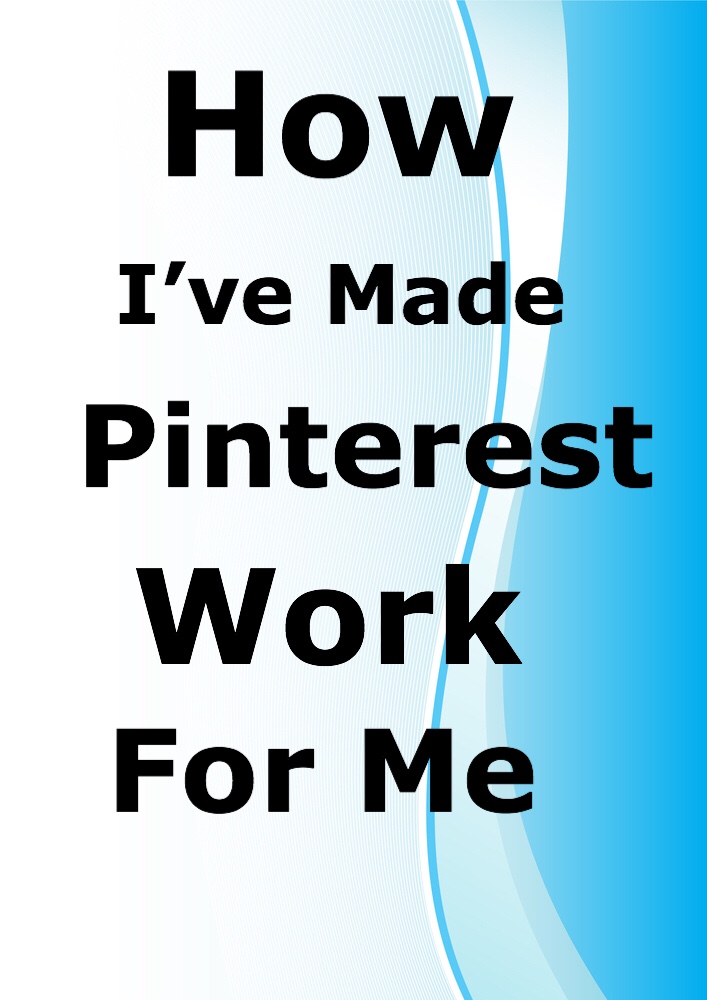
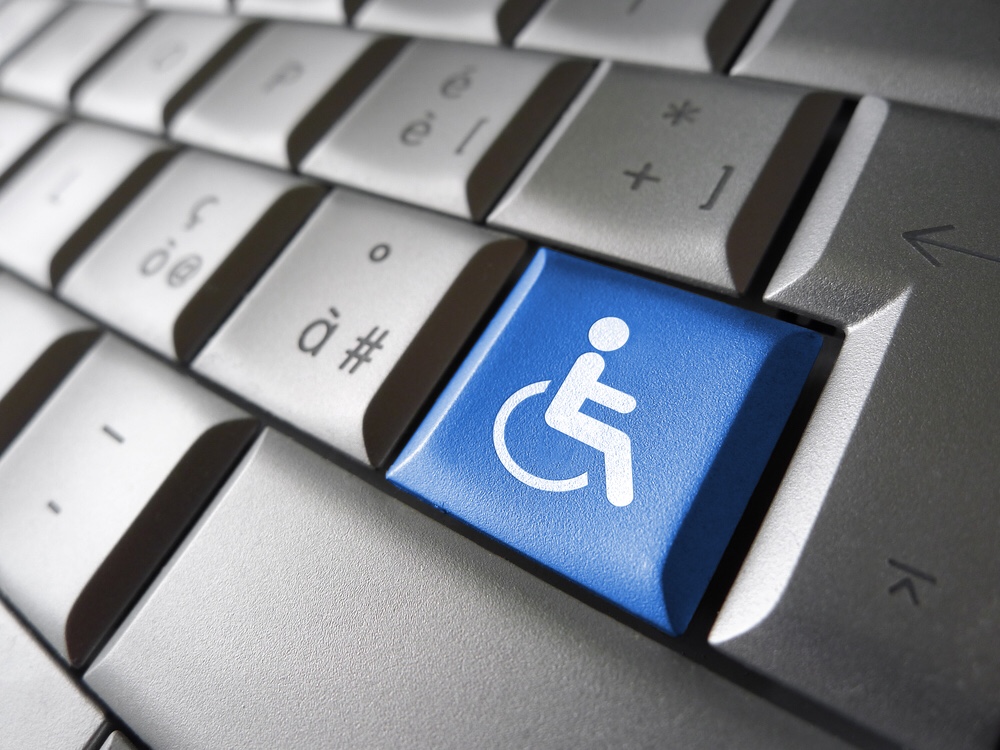
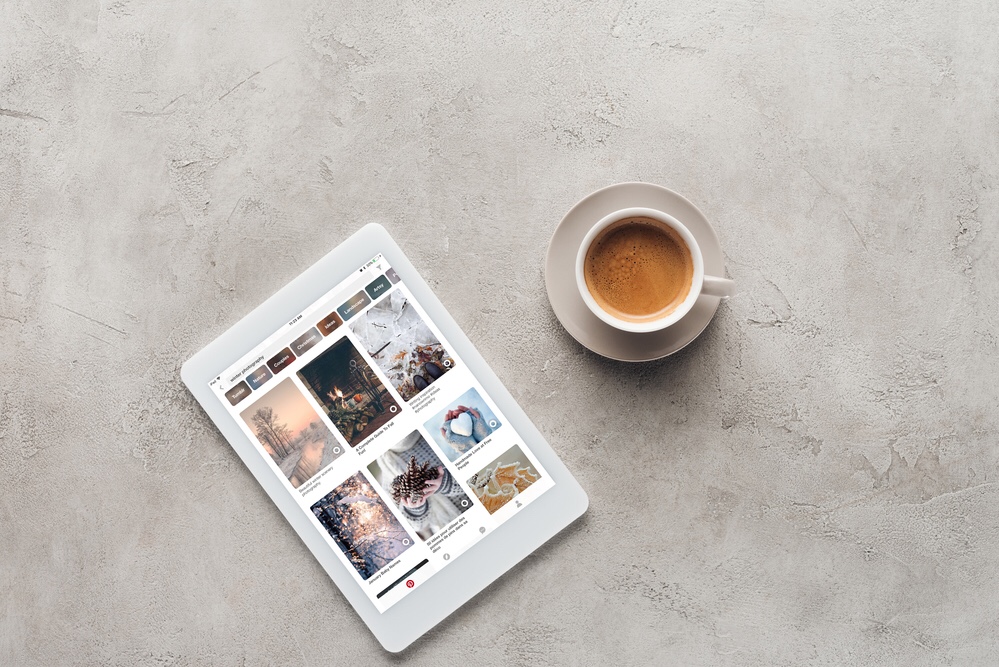

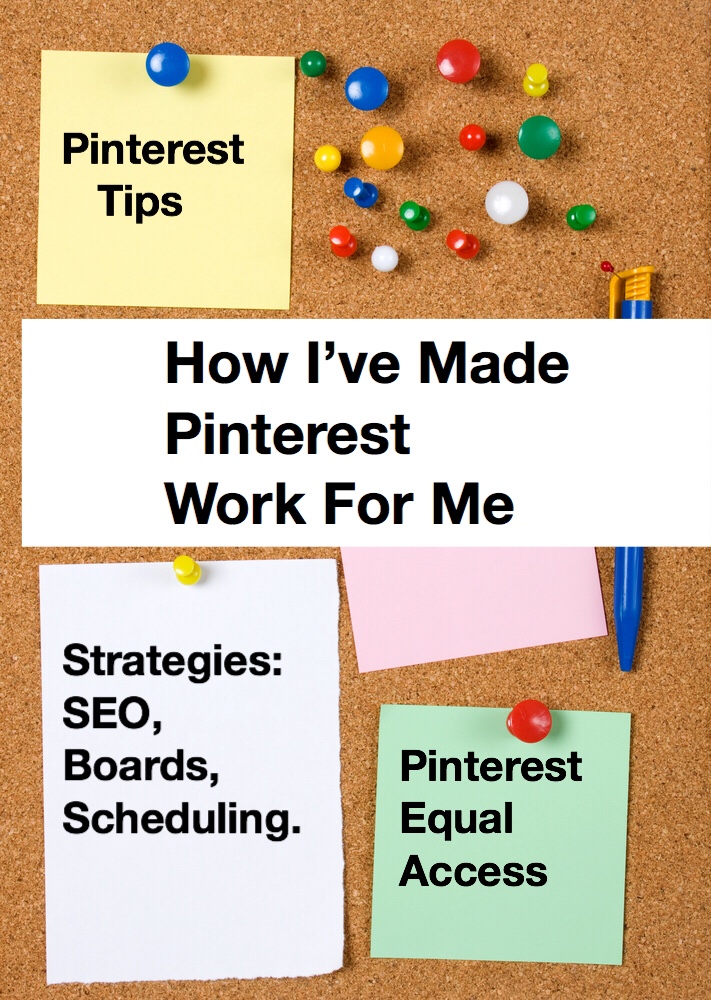
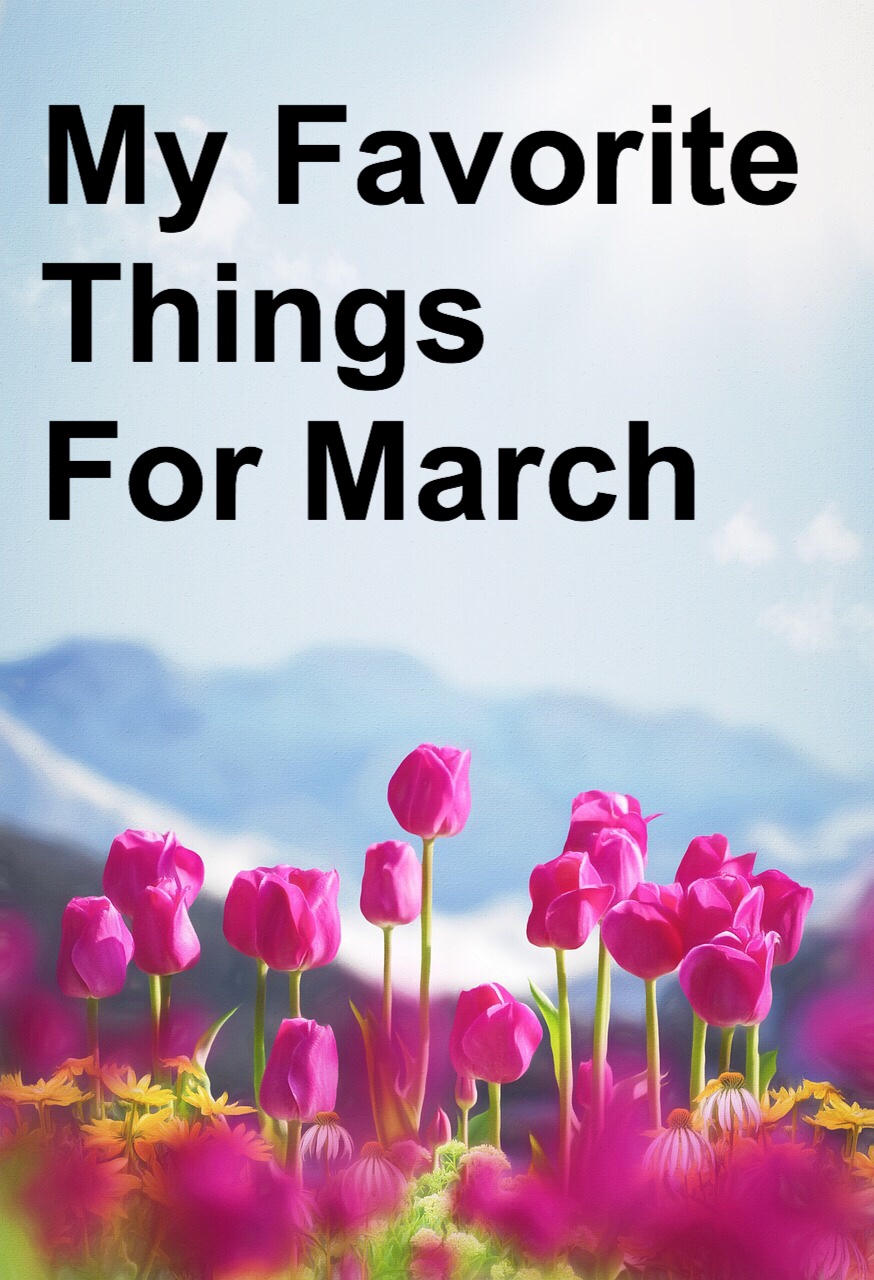 Accomplishments
Accomplishments



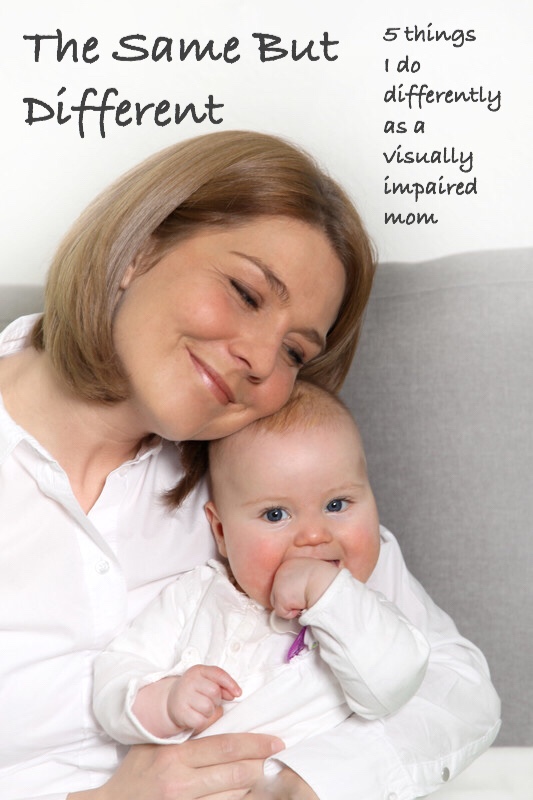 There are a lot of misconceptions out there and sometimes I get questions about how I do things as a visually impaired parent. I don’t think my life is out of the ordinary, but sometimes I might have to take an extra step or think outside the box to get things done. When the idea to do this post popped into my head, I thought of a couple things immediately, but for others, I really had to think about. Here are five things I do differently as a visually impaired mom.
There are a lot of misconceptions out there and sometimes I get questions about how I do things as a visually impaired parent. I don’t think my life is out of the ordinary, but sometimes I might have to take an extra step or think outside the box to get things done. When the idea to do this post popped into my head, I thought of a couple things immediately, but for others, I really had to think about. Here are five things I do differently as a visually impaired mom.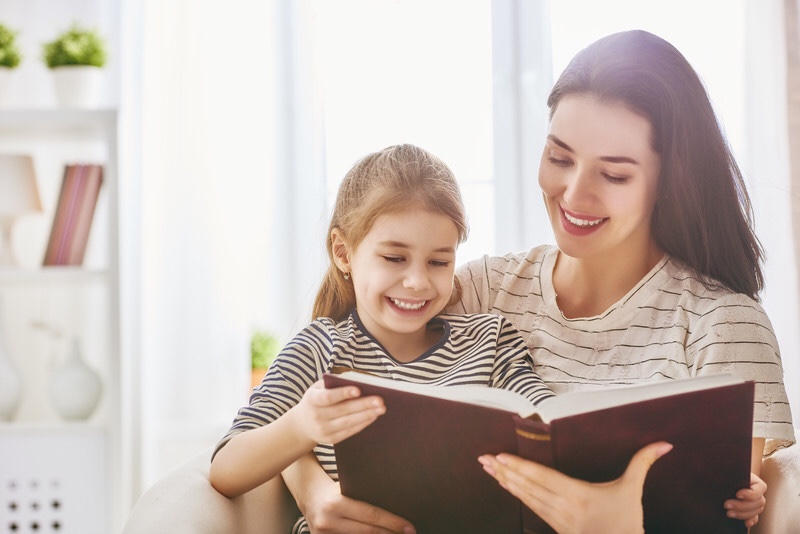

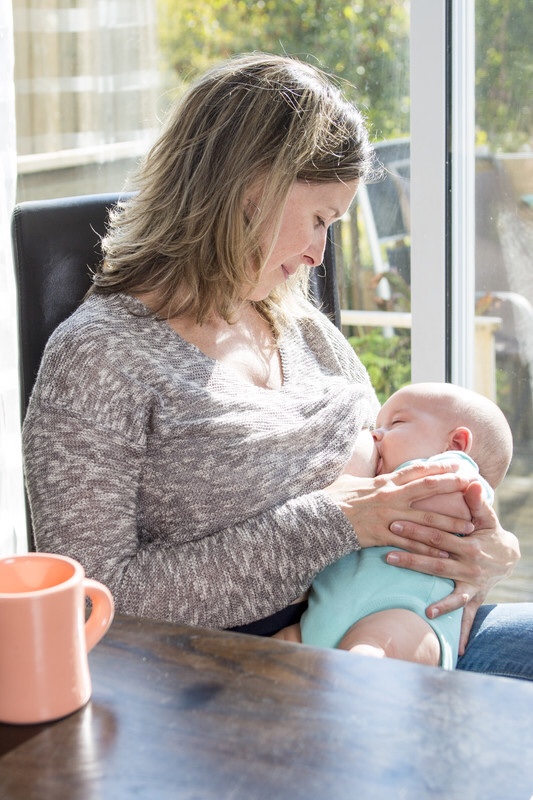

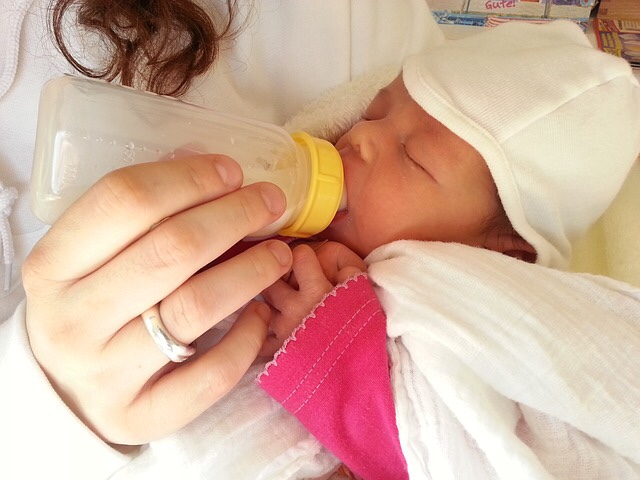
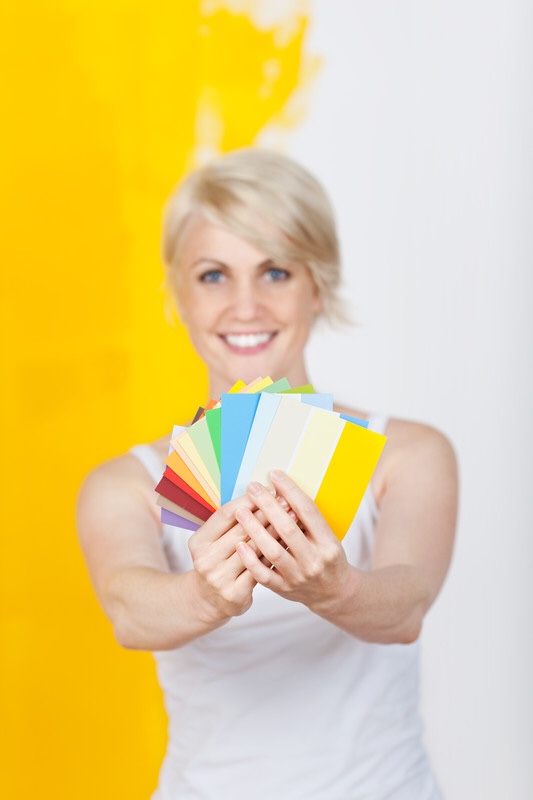
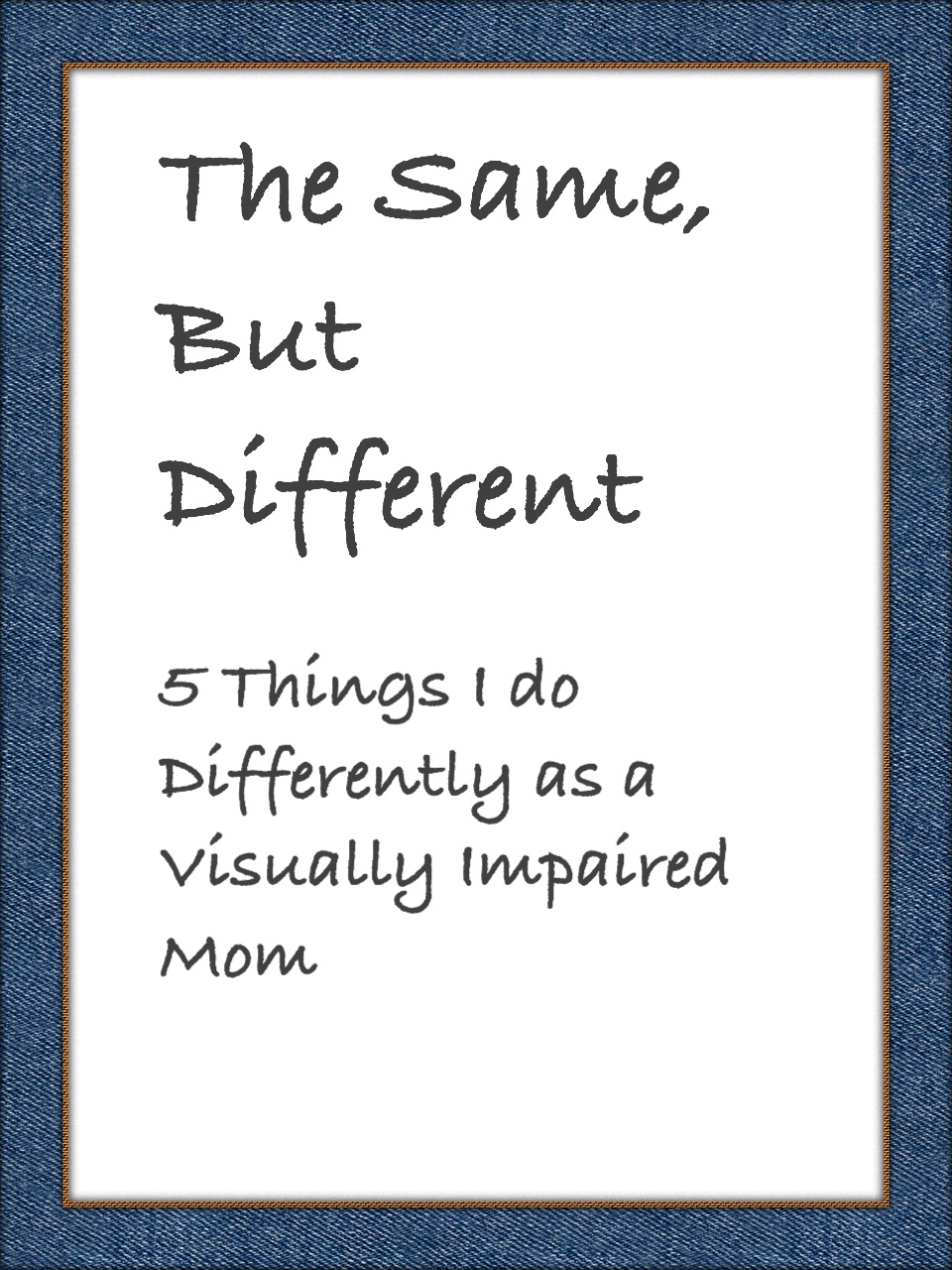 As a parent with a visual impairment, I do the same parenting tasks that other parents do, but sometimes I have to do them in a different way. I think that some people equate doing something differently with inability, but that’s not the case. If we all did everything the same, no one would ever come up with anything new and then how boring would the world be? Where would our world be without any outside the box thinking? Maybe my parenting journey looks a little different than yours, but my end goal is the same. We all want to raise healthy, happy well adjusted children.
As a parent with a visual impairment, I do the same parenting tasks that other parents do, but sometimes I have to do them in a different way. I think that some people equate doing something differently with inability, but that’s not the case. If we all did everything the same, no one would ever come up with anything new and then how boring would the world be? Where would our world be without any outside the box thinking? Maybe my parenting journey looks a little different than yours, but my end goal is the same. We all want to raise healthy, happy well adjusted children.


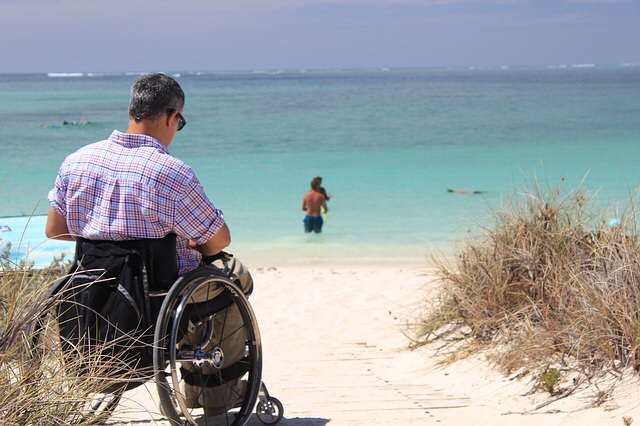
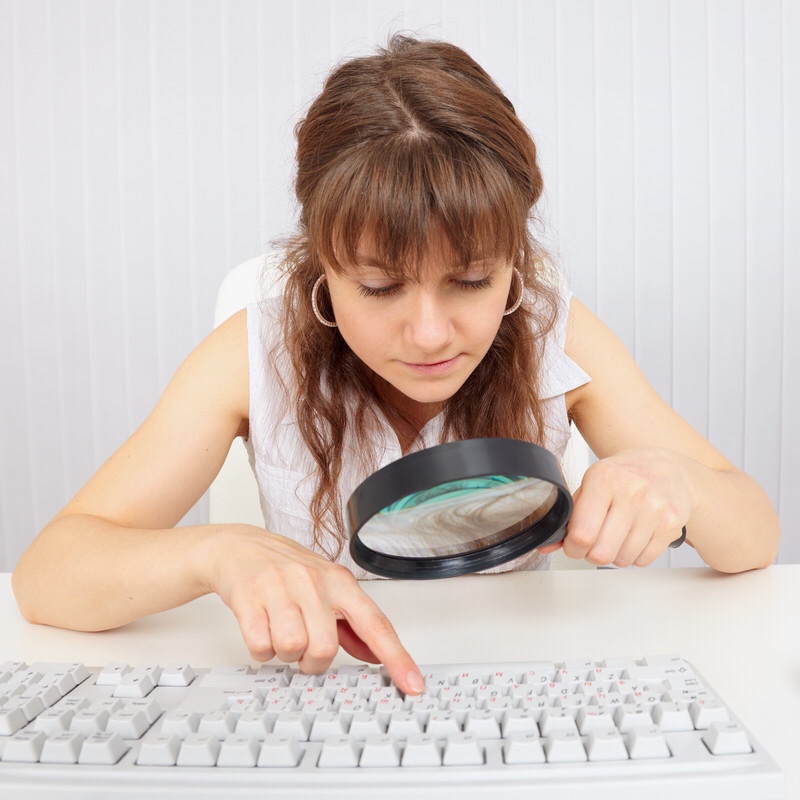
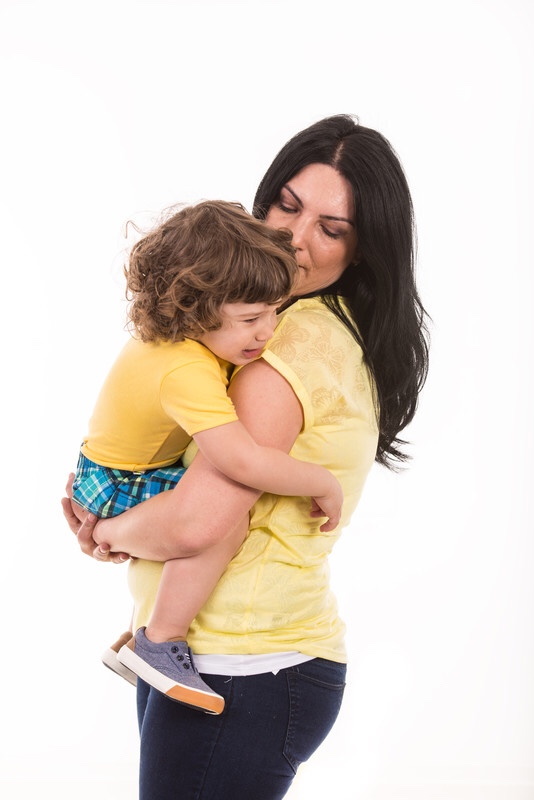
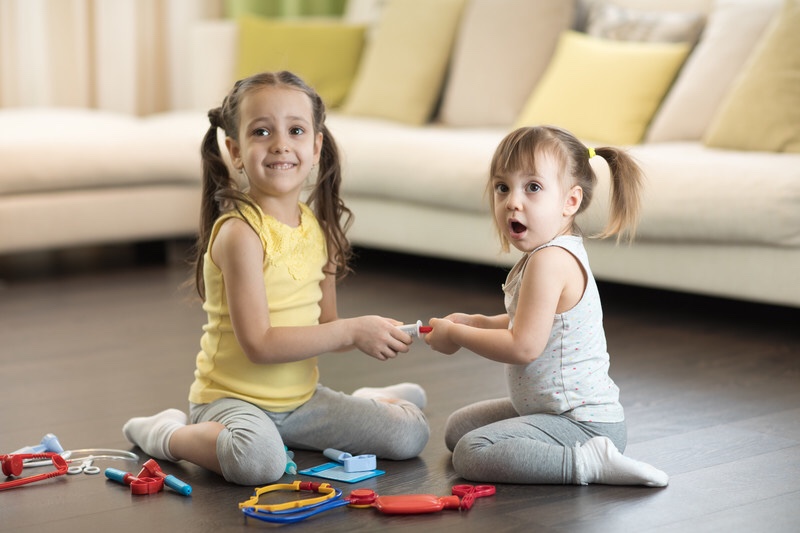
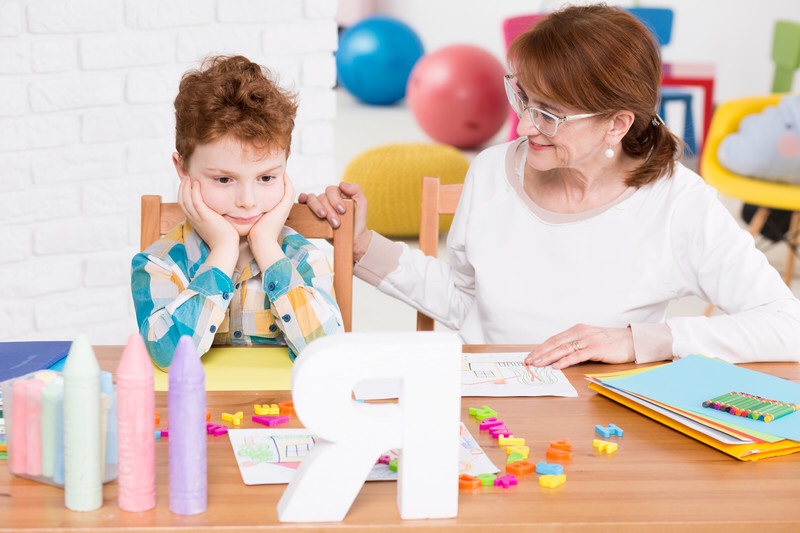
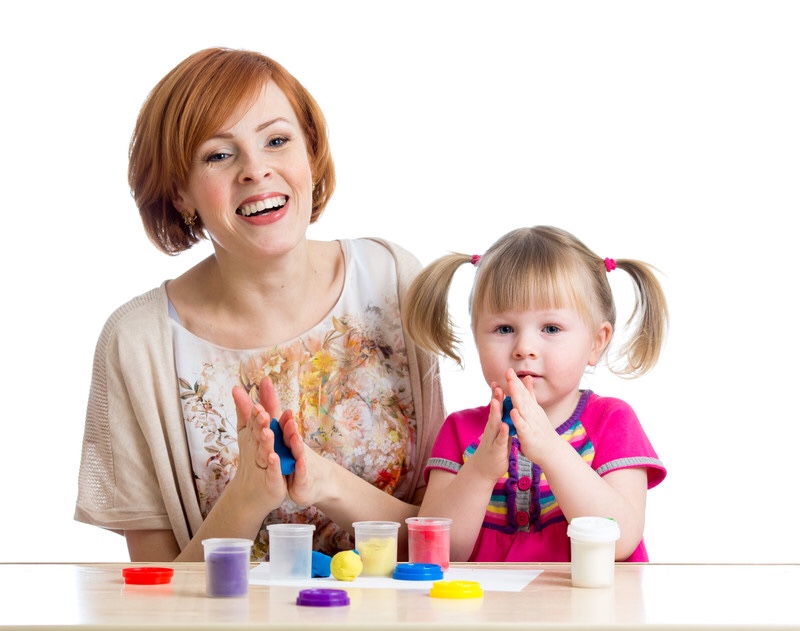
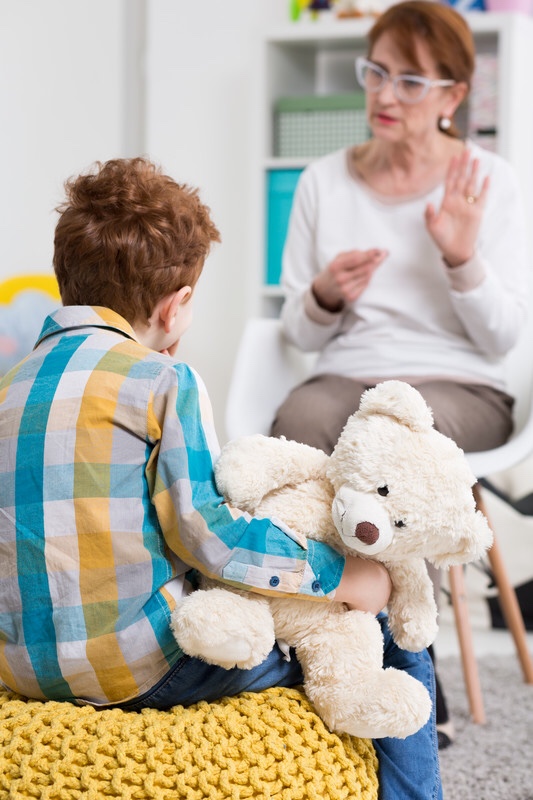 Remember Confidentiality
Remember Confidentiality

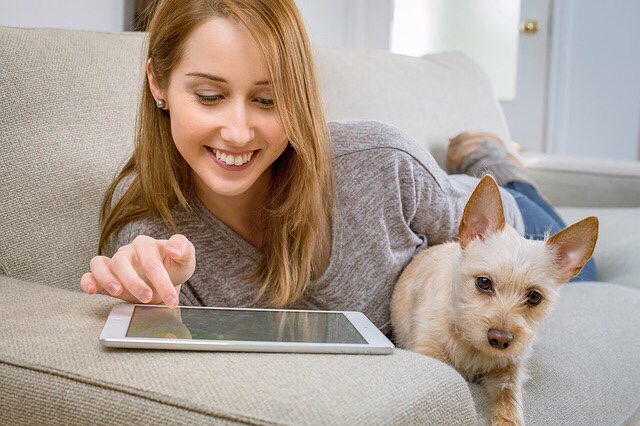
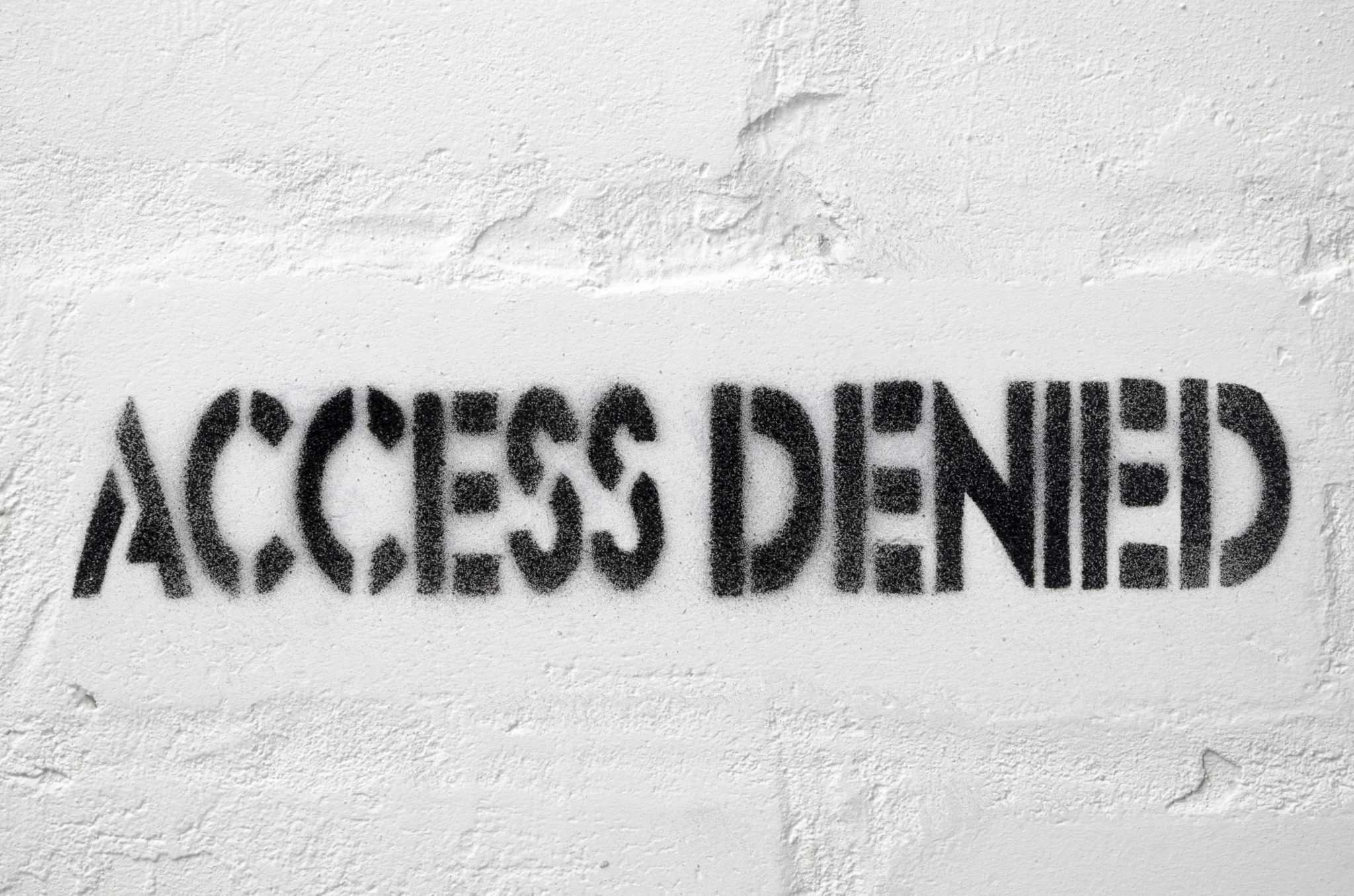


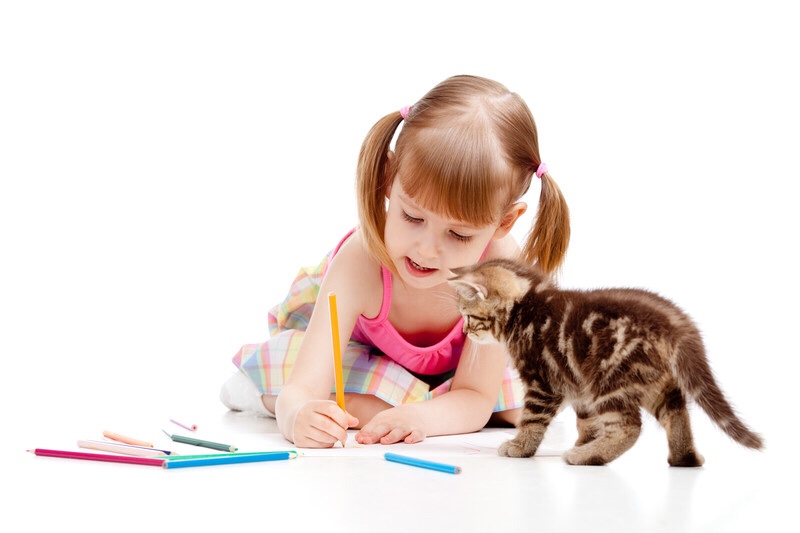 As the afternoon went on, I thought about my abilities as a parent and how some of the things I'm not good at really shake my confidence. There's the dancing which hopefully the neighbors weren't watching. I worried about it unnecessarily. Am I good enough? Am I doing this right? Then I have to remind myself that it's not about being good enough. It's about spending the time together and having fun. I'm horrible at drawing and Rosebud loves to draw. She is always asking me to draw with her. My shapes are crooked, the lines are rarely ever straight and forget coloring inside the lines, especially if the picture is complicated. It doesn't stop me from trying, but it always nags at me that's not good. I'm not showing her the right way and as she gets older, will this bother her? Probably not as much as it bothers me. I try because I want to be involved in what she's doing. Isn't that what's important?
As the afternoon went on, I thought about my abilities as a parent and how some of the things I'm not good at really shake my confidence. There's the dancing which hopefully the neighbors weren't watching. I worried about it unnecessarily. Am I good enough? Am I doing this right? Then I have to remind myself that it's not about being good enough. It's about spending the time together and having fun. I'm horrible at drawing and Rosebud loves to draw. She is always asking me to draw with her. My shapes are crooked, the lines are rarely ever straight and forget coloring inside the lines, especially if the picture is complicated. It doesn't stop me from trying, but it always nags at me that's not good. I'm not showing her the right way and as she gets older, will this bother her? Probably not as much as it bothers me. I try because I want to be involved in what she's doing. Isn't that what's important?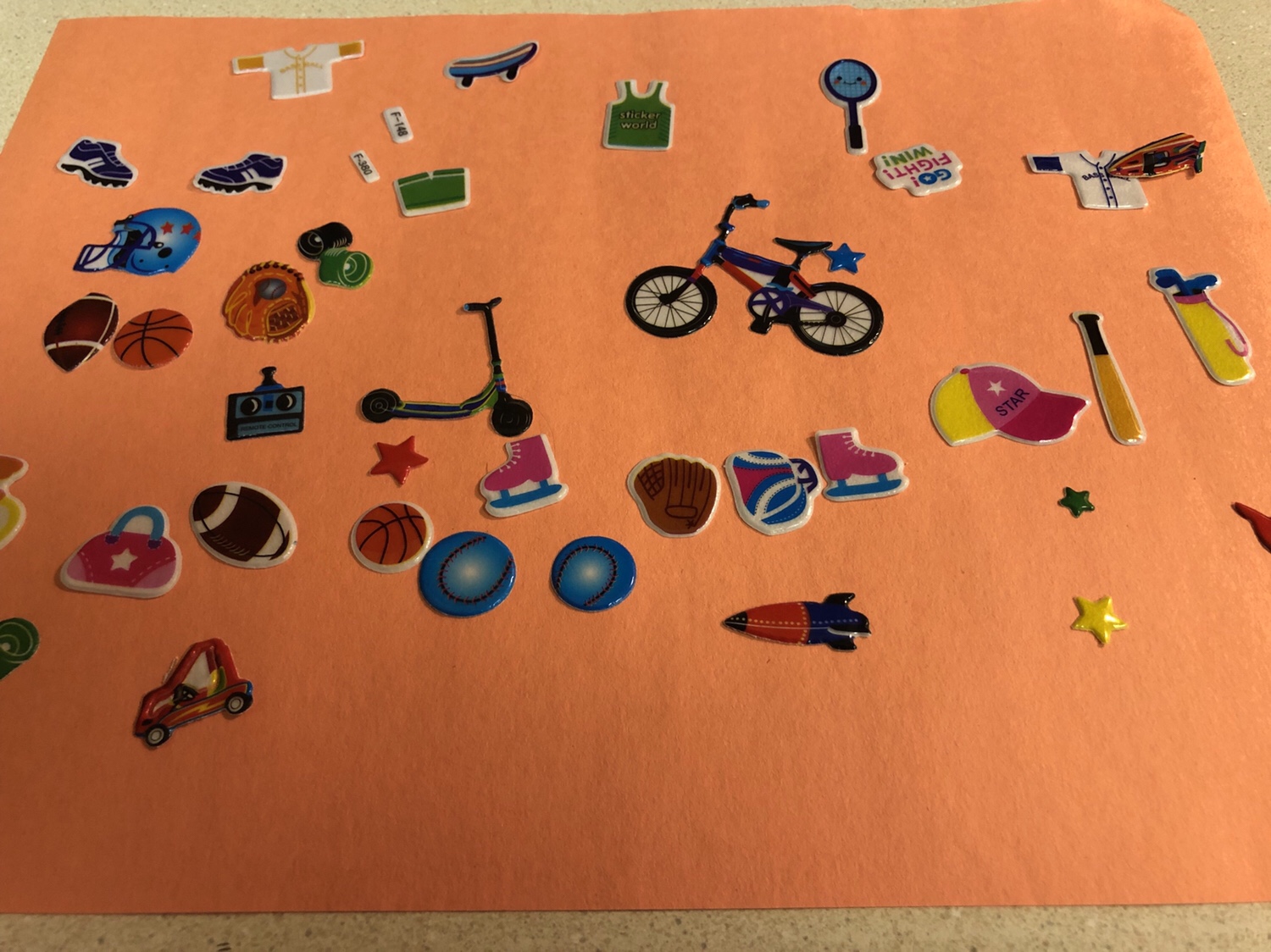
 There are people out there who don't even know me who might question my abilities as a parent. I might be a terrible dancer, a little socially awkward and color outside the lines, but I can fix boo-boos, bake
There are people out there who don't even know me who might question my abilities as a parent. I might be a terrible dancer, a little socially awkward and color outside the lines, but I can fix boo-boos, bake